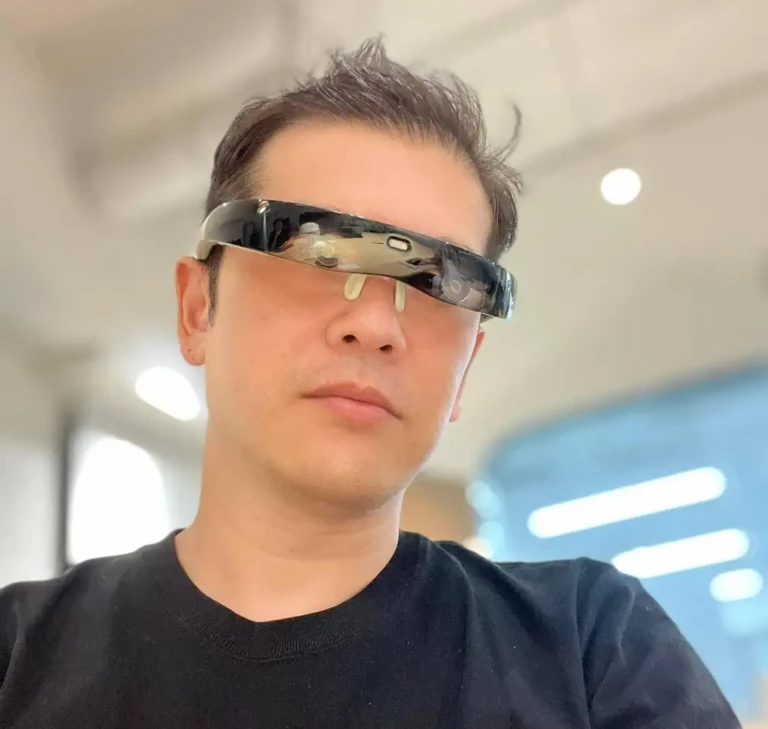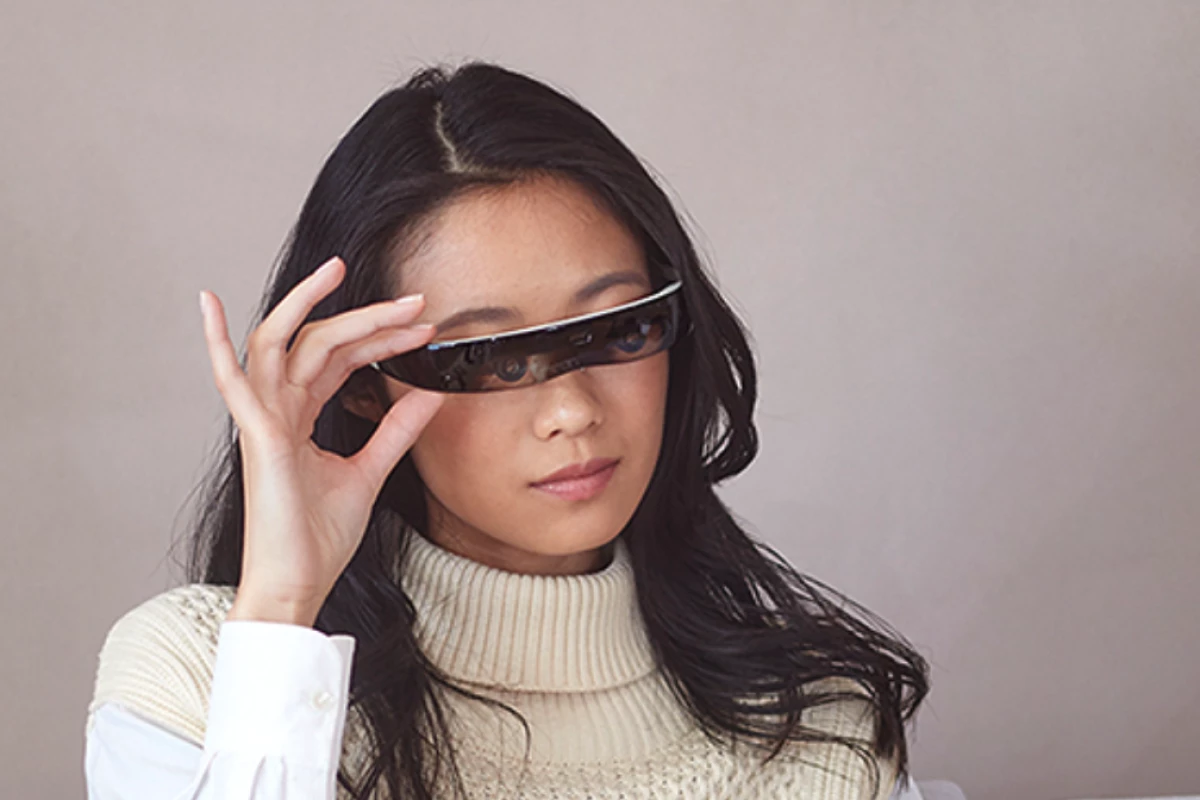The lenses in our eyes stiffen as we age, making it harder to switch focus between different distances. But autofocus systems are now getting so compact and efficient that they fit in a set of glasses – provided you don't mind looking a bit dorky.
Vixion - a subsidiary of Japanese optics giant Hoya – is demoing its Vixion01 "autofocus eyewear" at CES in Las Vegas. The idea is simple enough – a built-in time-of-flight depth sensor works out the distance between you and whatever's in your center of view, then adjusts the shape of two small lenses so that you effectively never have to use your eye muscles to shift focus.
Whatever it is you want to see clearly, you point your head at it, and hey presto, it's lookin' sharp – from a super-close 5 cm (2 inches) away to infinity.
Setup seems quick as well. Adjust the nose pads to fit your face, slide the lenses back and forth to match your eye width and position, then adjust a diopter for each eye, to account for each eye's own focal peculiarities. This makes them a relatively quick and easy gadget to share around, perhaps among teams that might need to have various members examining things very closely throughout the day.

They weigh 55 grams (1.9 oz), and are totally self-contained, with a 10-hour battery, USB-C charging and a Bluetooth 5.0 connection whose purpose is a mystery to us.
We've seen the idea of autofocus-capable eyeglasses before – indeed, our own Mike Hanlon was reporting on prototypes no less than 18 years ago. But the Vixion01 glasses are a commercial product, packaged up and beginning to go into scale manufacturing. After a wildly successful crowdfunding campaign in Japan last year, units will start shipping within a few weeks.

They're currently only available in Japan, mind you, at a very reasonable-sounding price of JP¥99,000 (~US$690) – but Vixion says it's "poised to enter international markets," and "actively seeking local partners for various business facets."
Autofocus eyeglasses have the potential to save people a lot of headaches, particularly as we age. That doesn't get us around the fact that these ones look exquisitely silly, perching out in front of your face like a Star Trek prop despite the ministrations of design firm Nendo.
We'd also question the possible consequences of wearing these things all day long – it seems reasonable to assume folks' eye muscles will atrophy as they stop using them, which would make them more dependent on the tech. But technological dependence is something we're becoming more and more comfortable with over time, and we can clearly see (yuk yuk) the appeal of this idea. Check out a video below.
Source: Vixion






